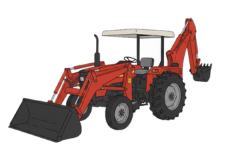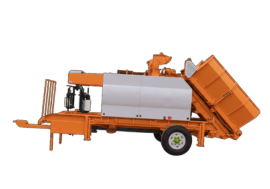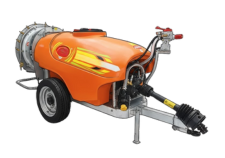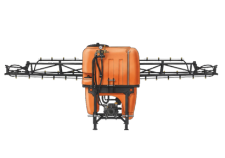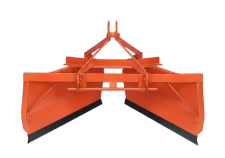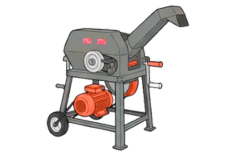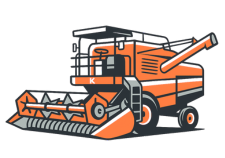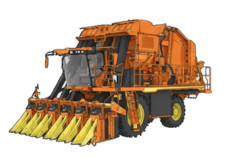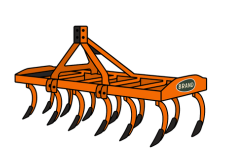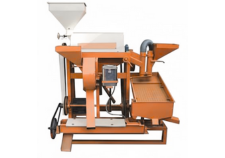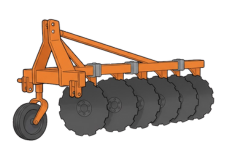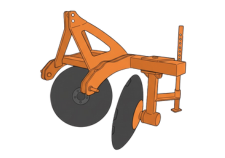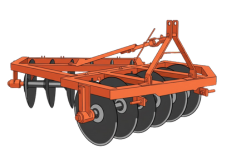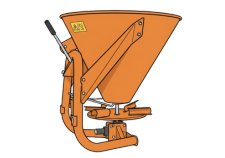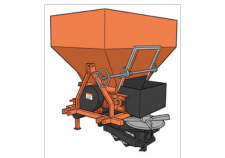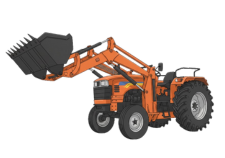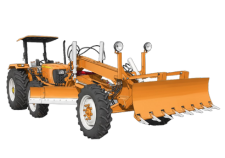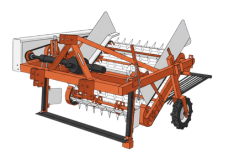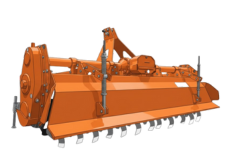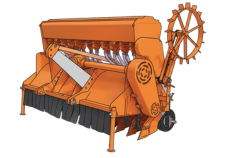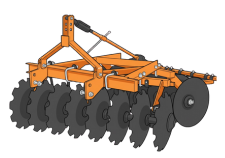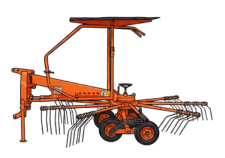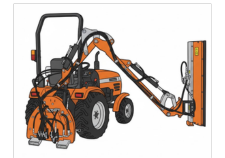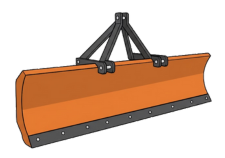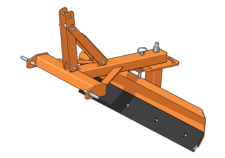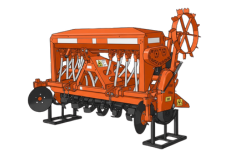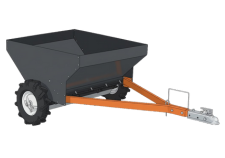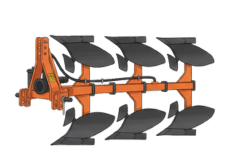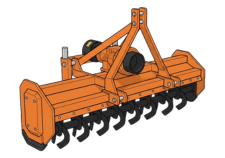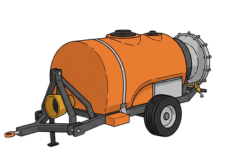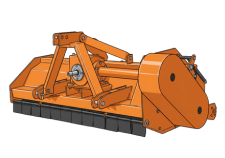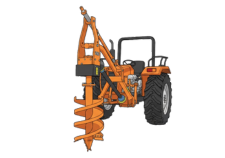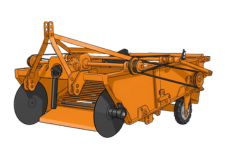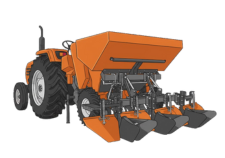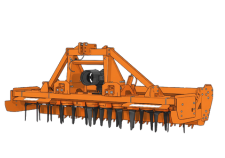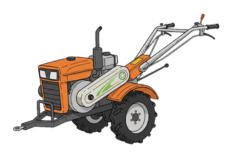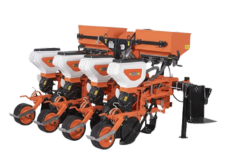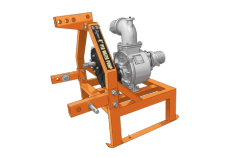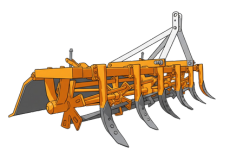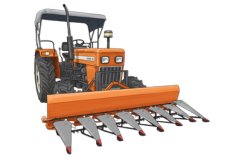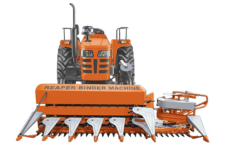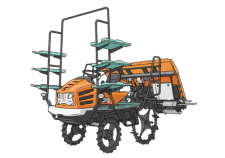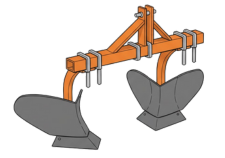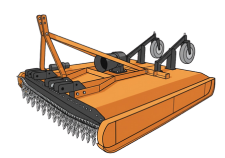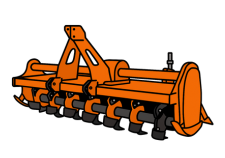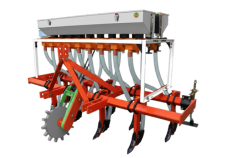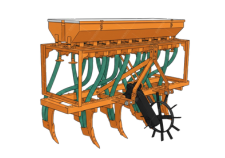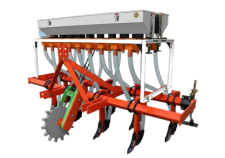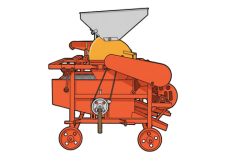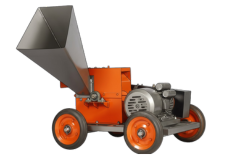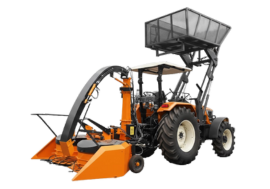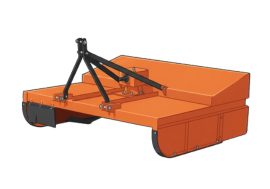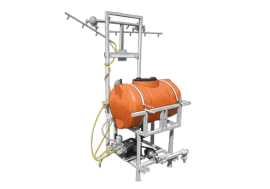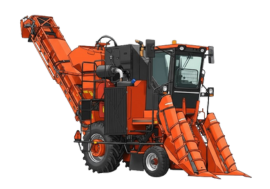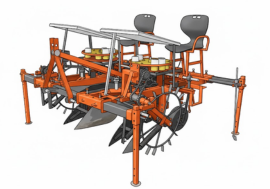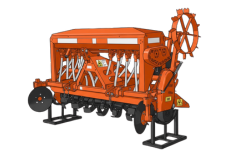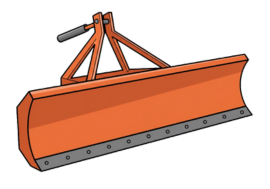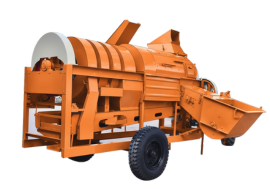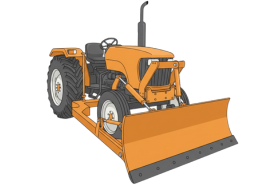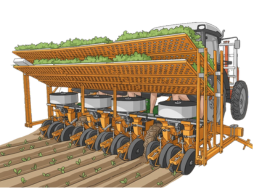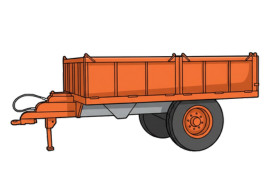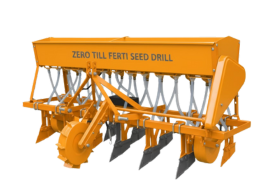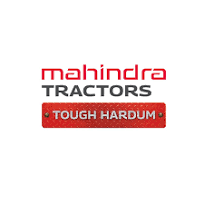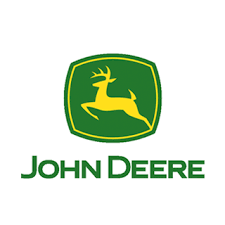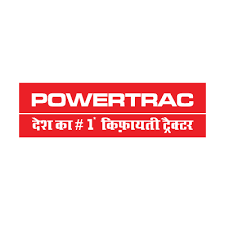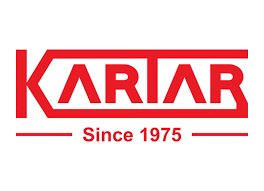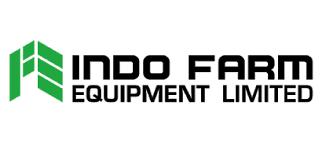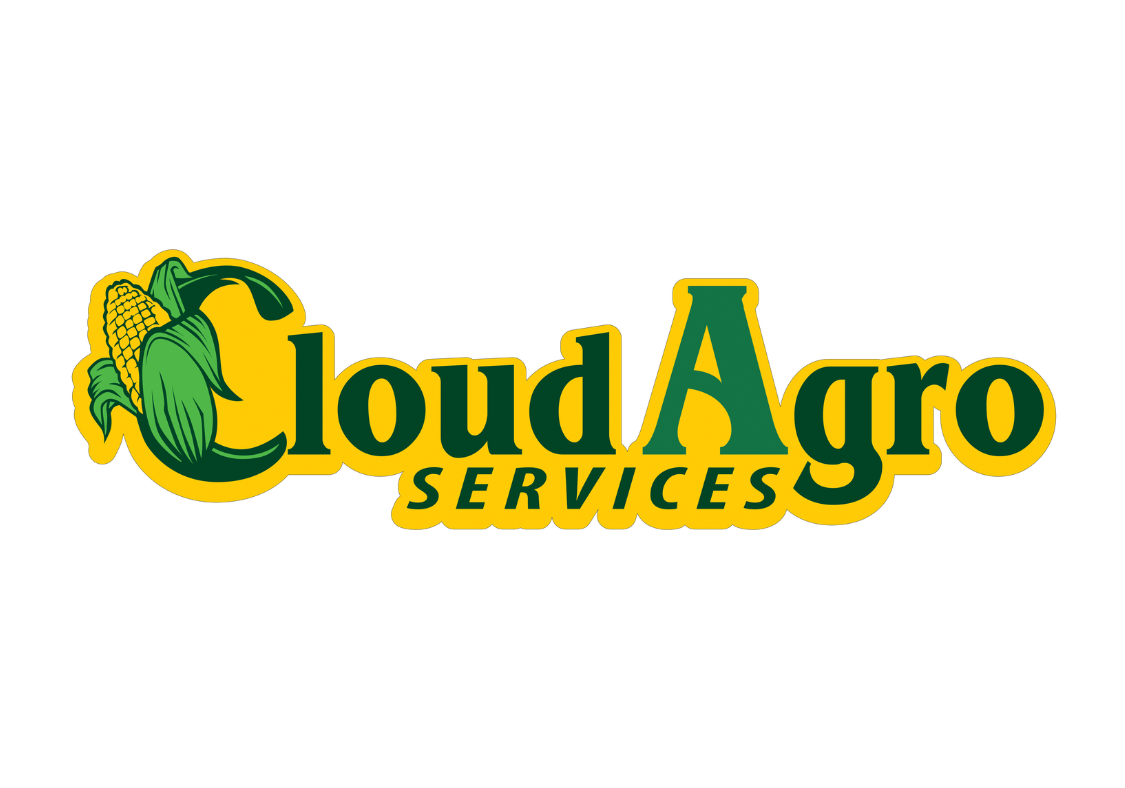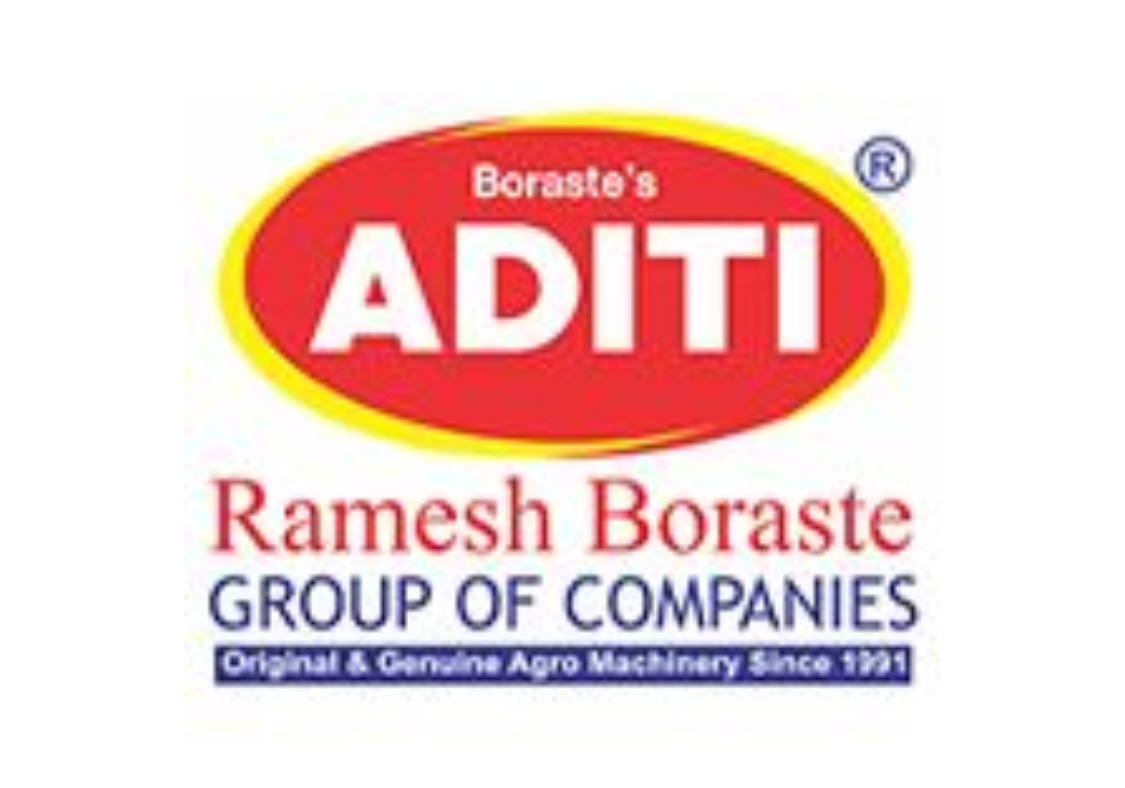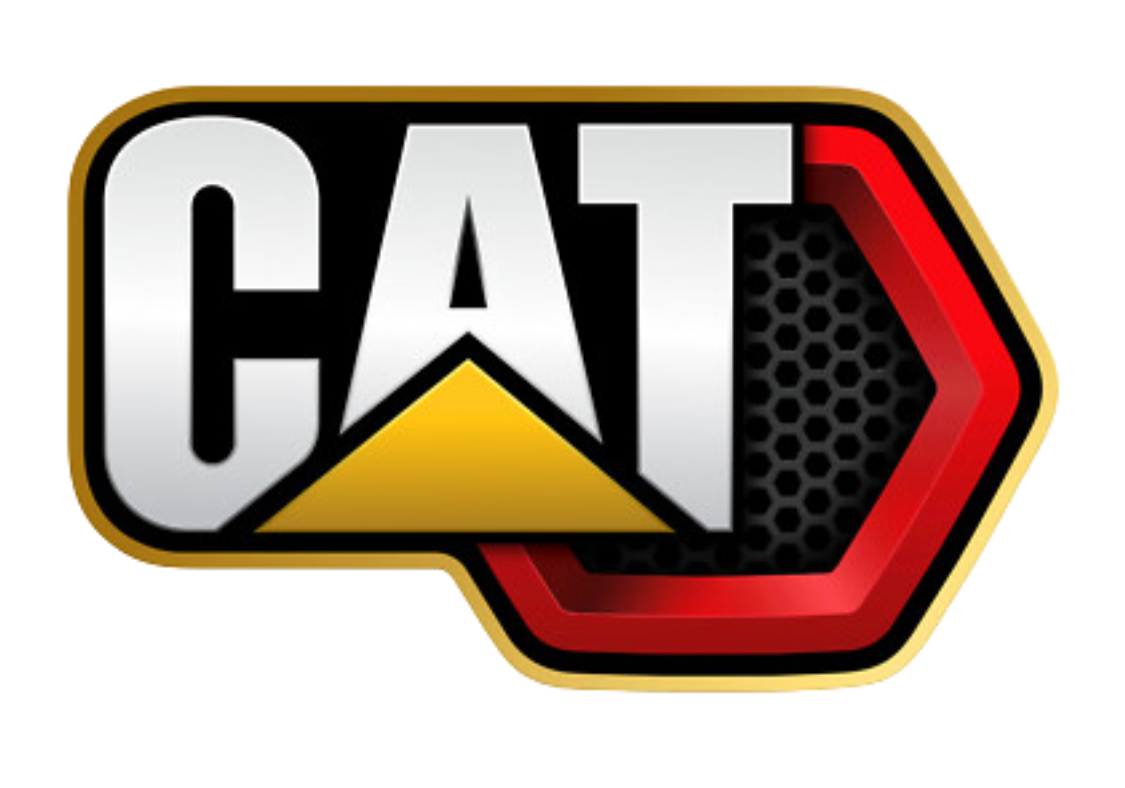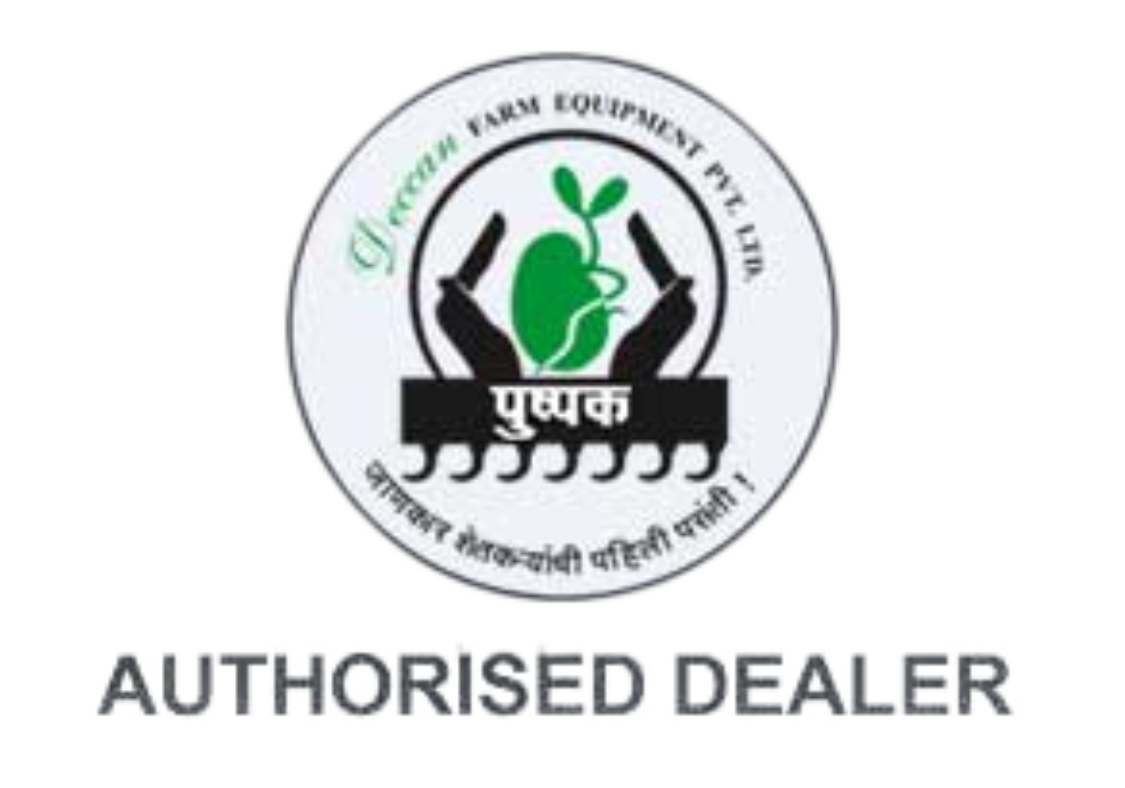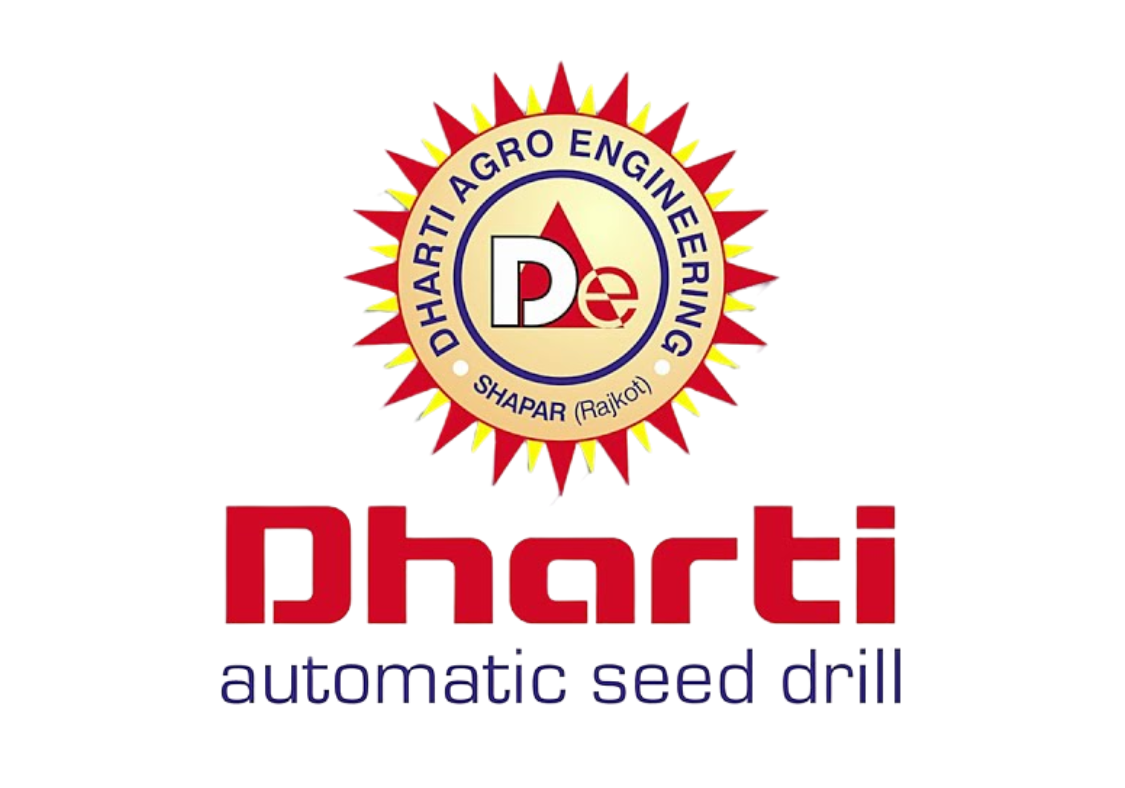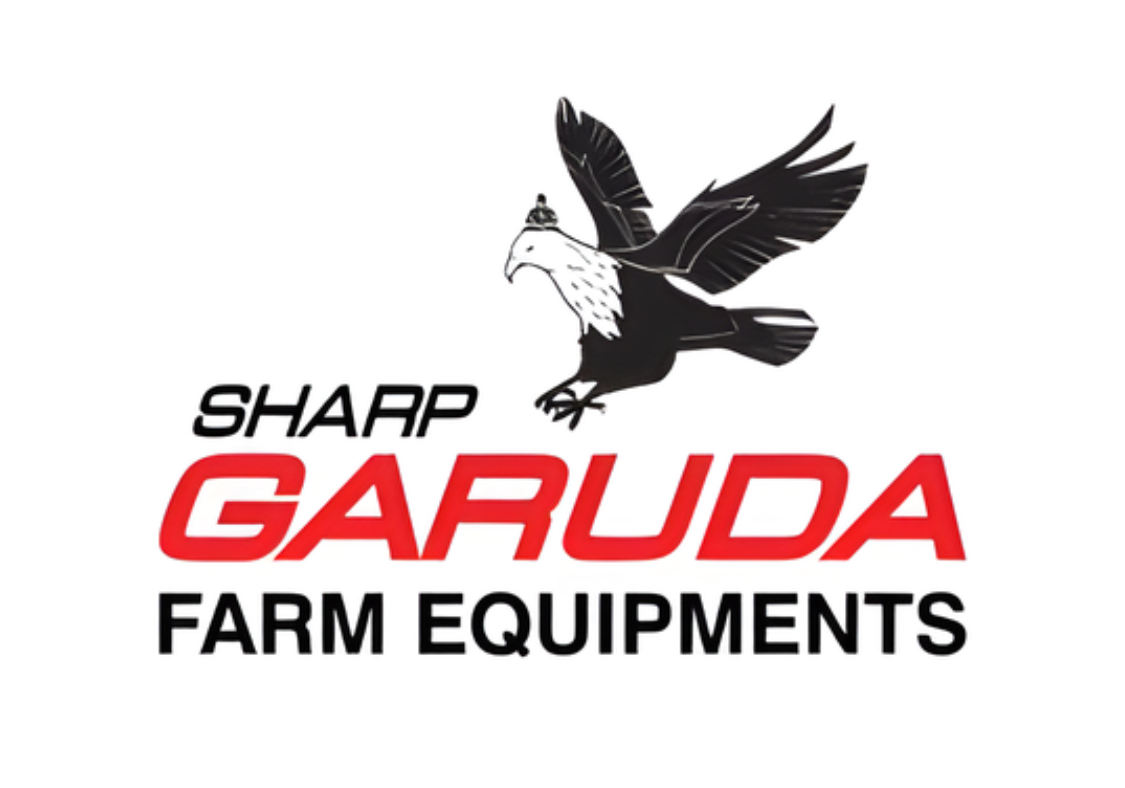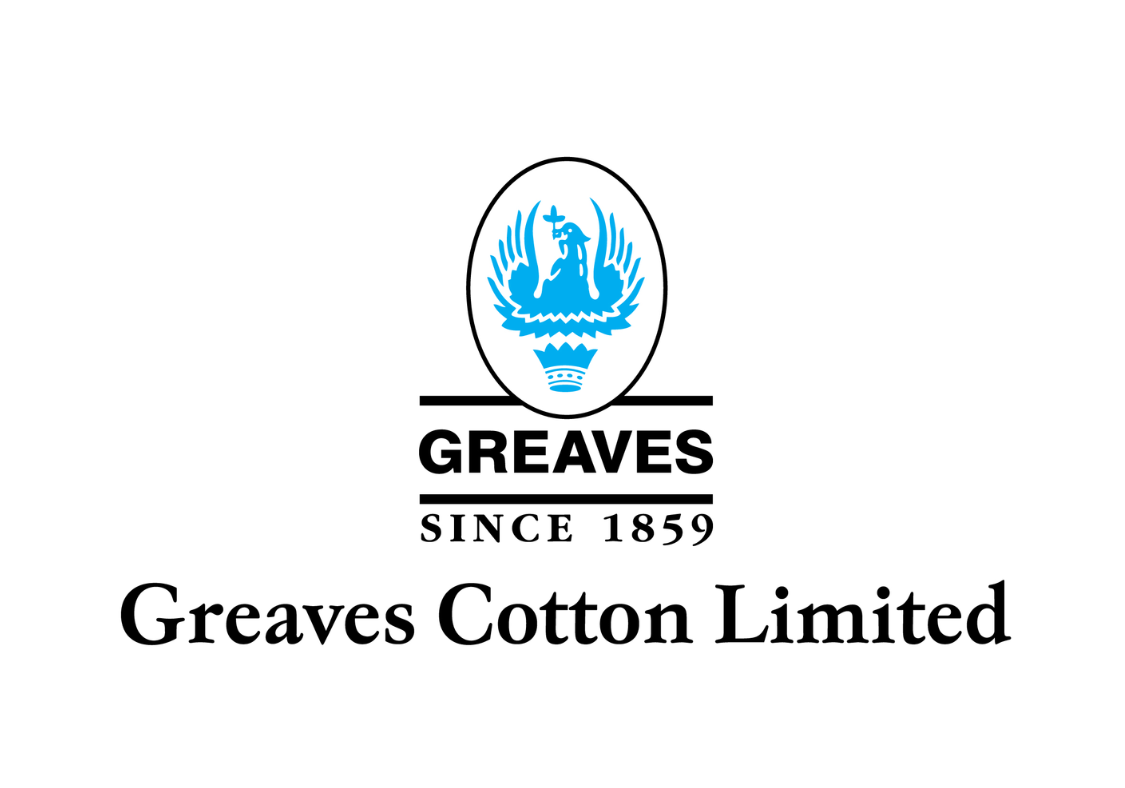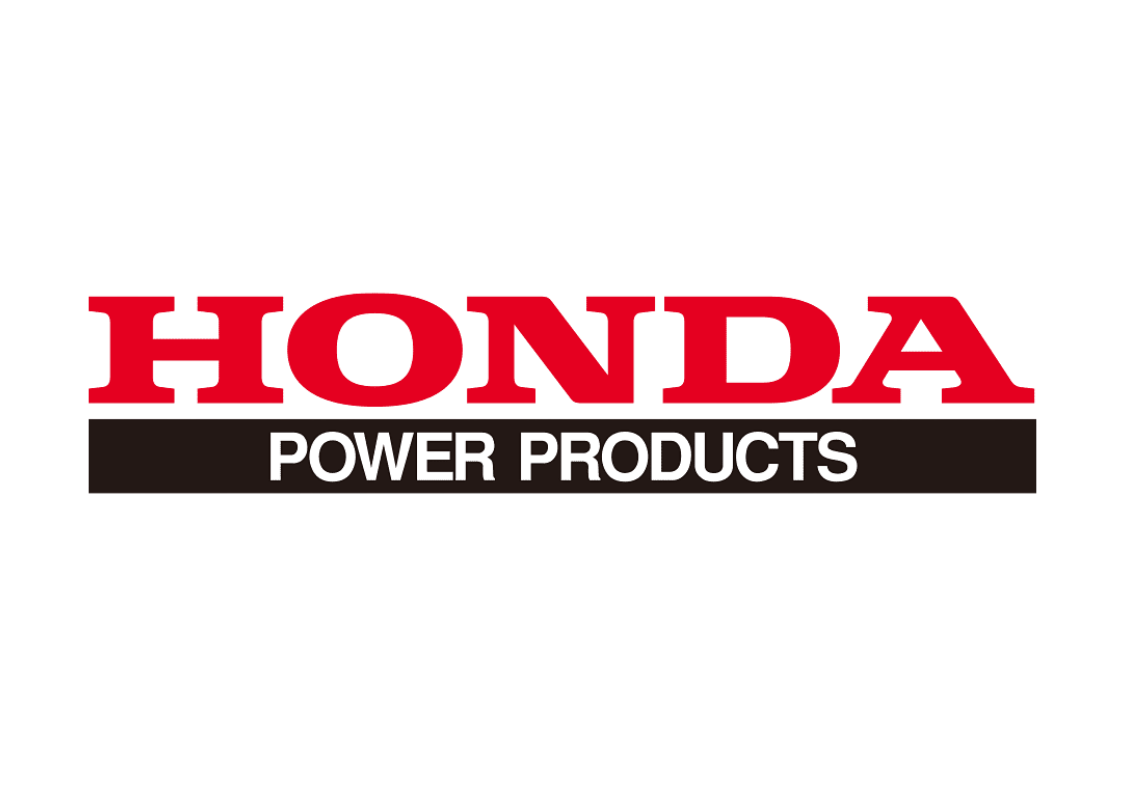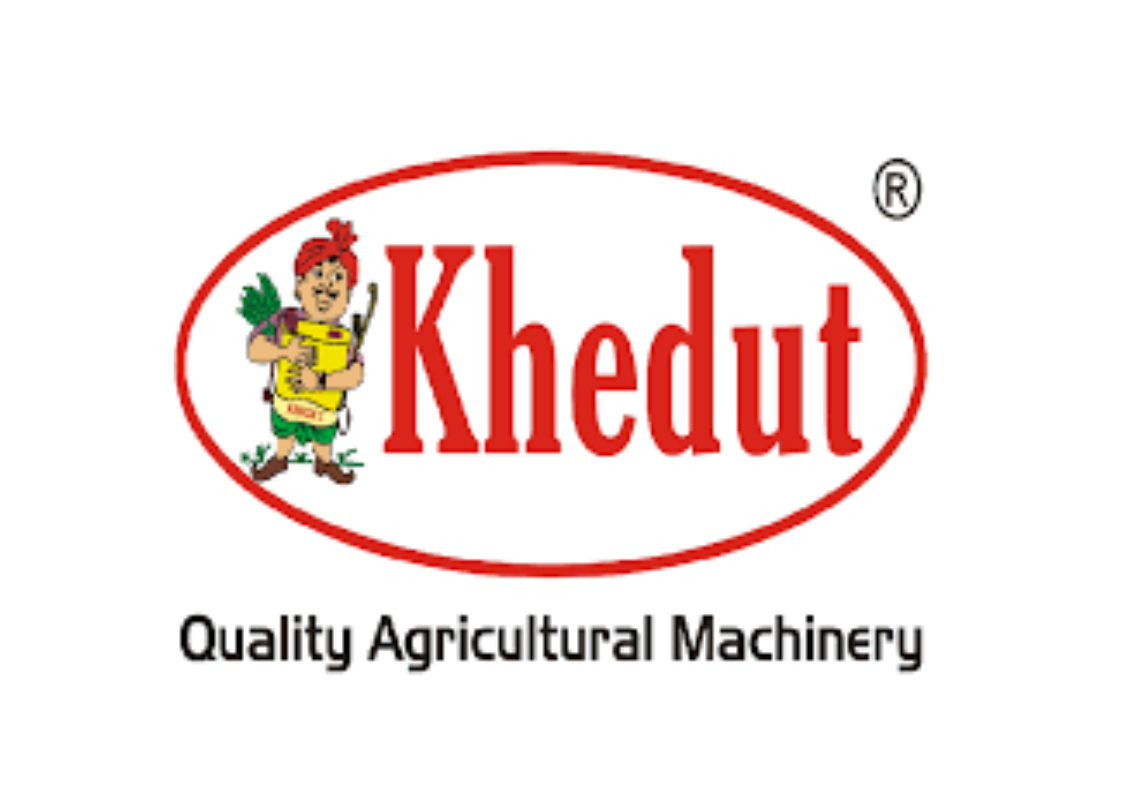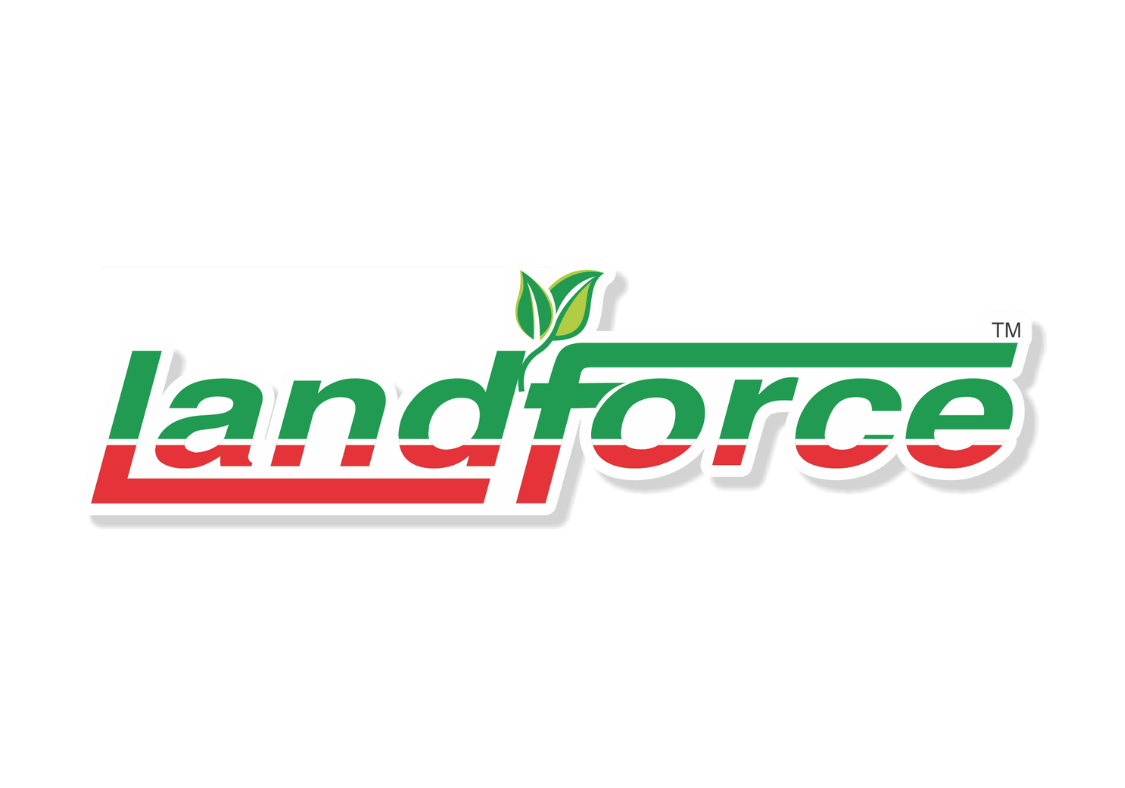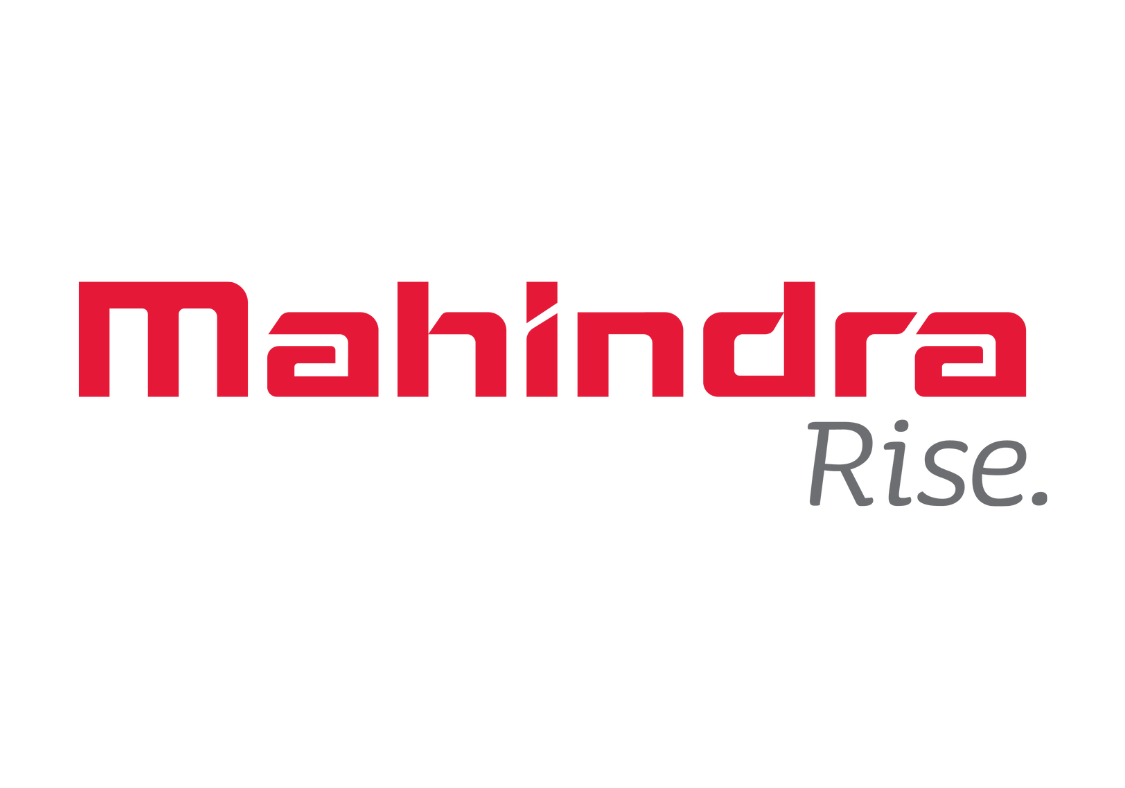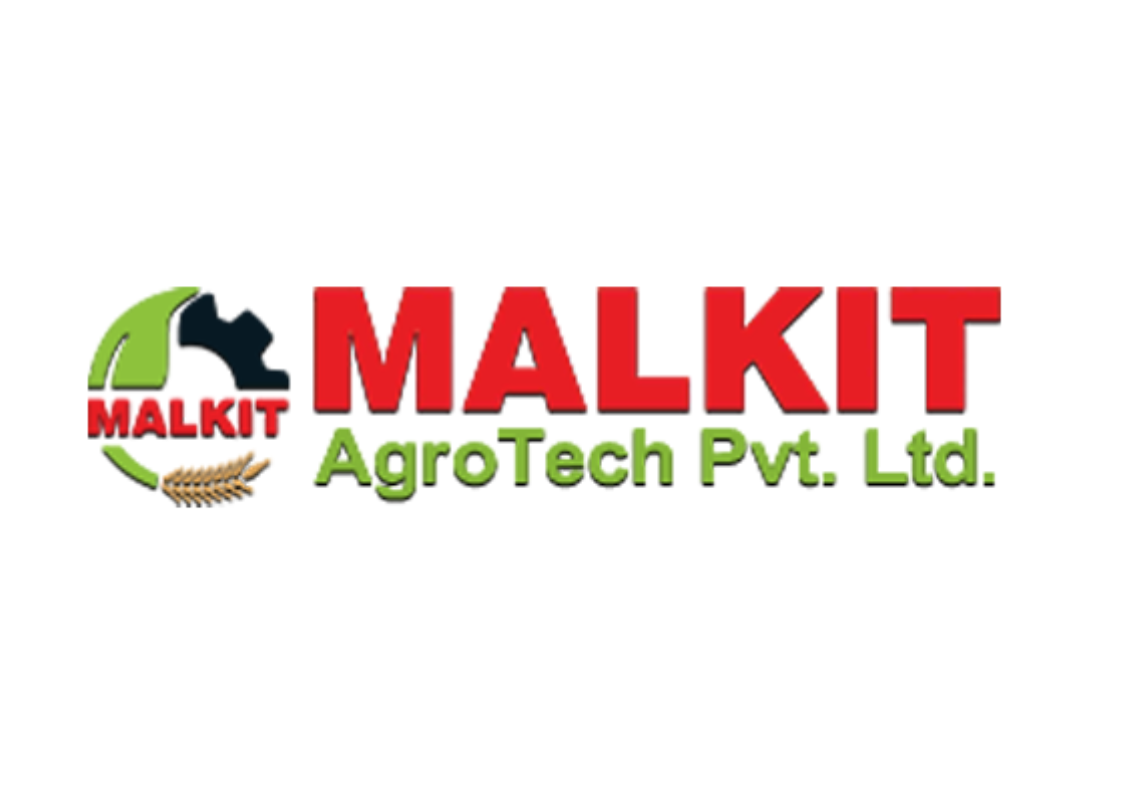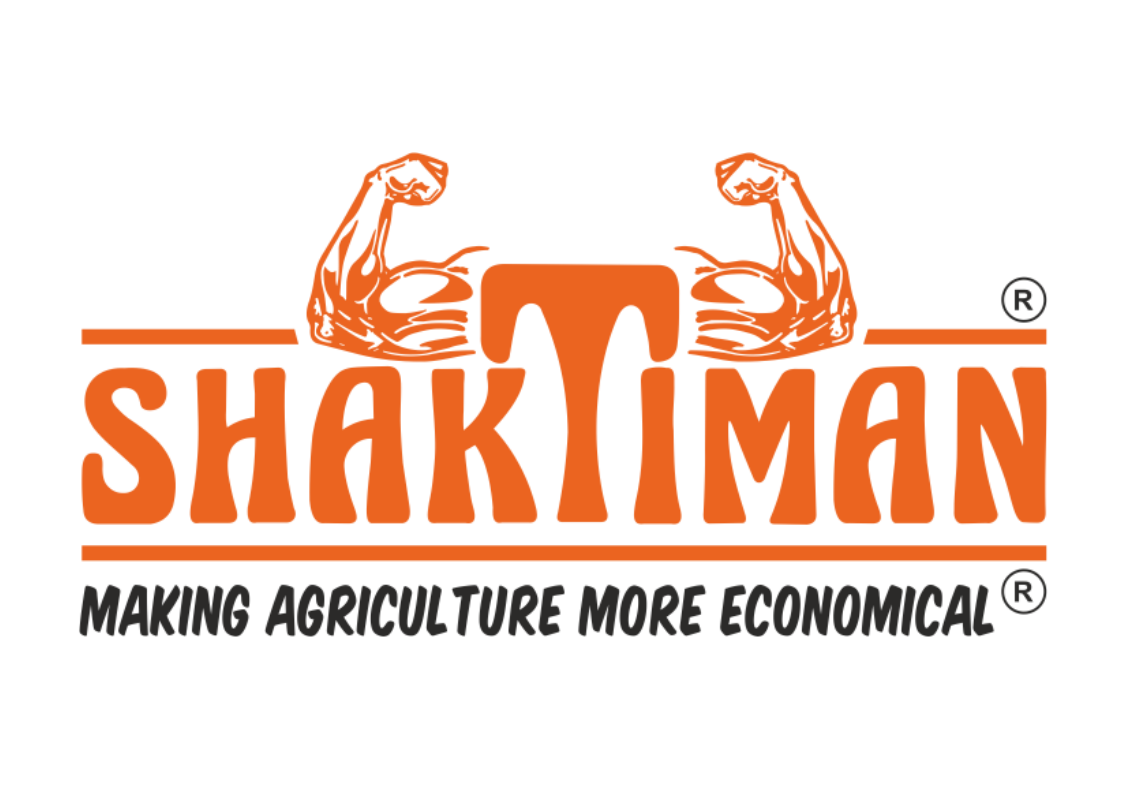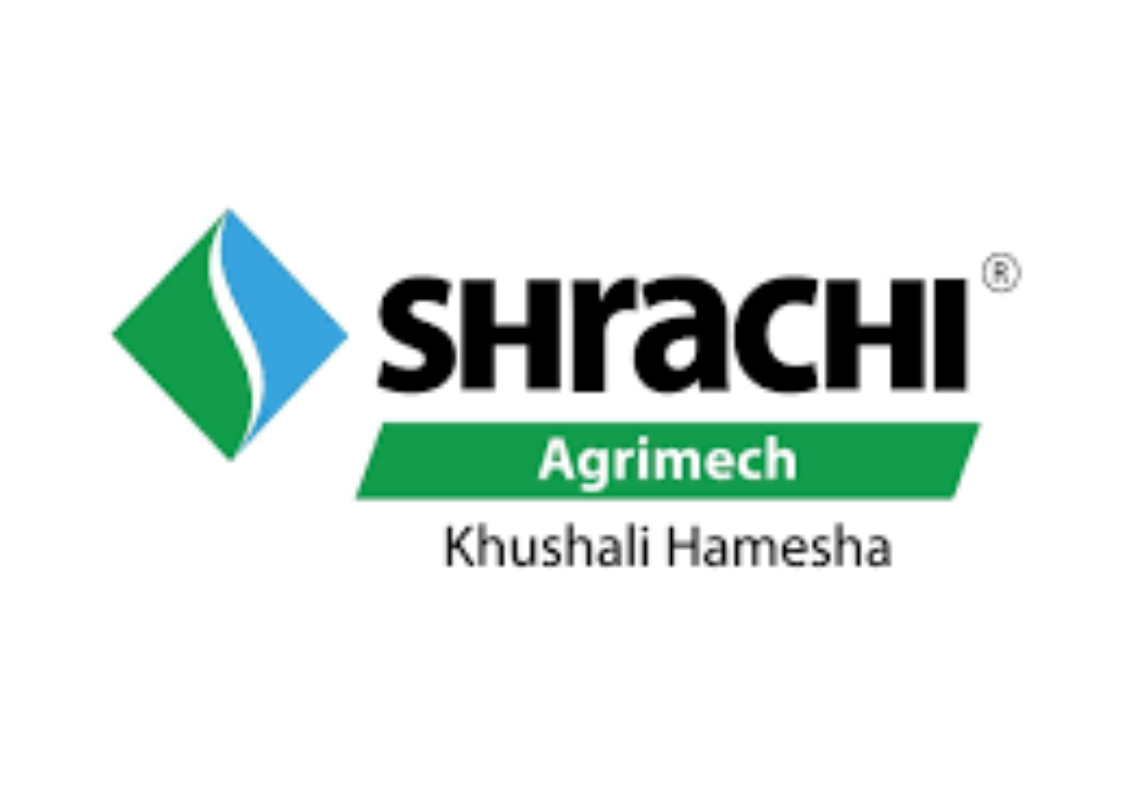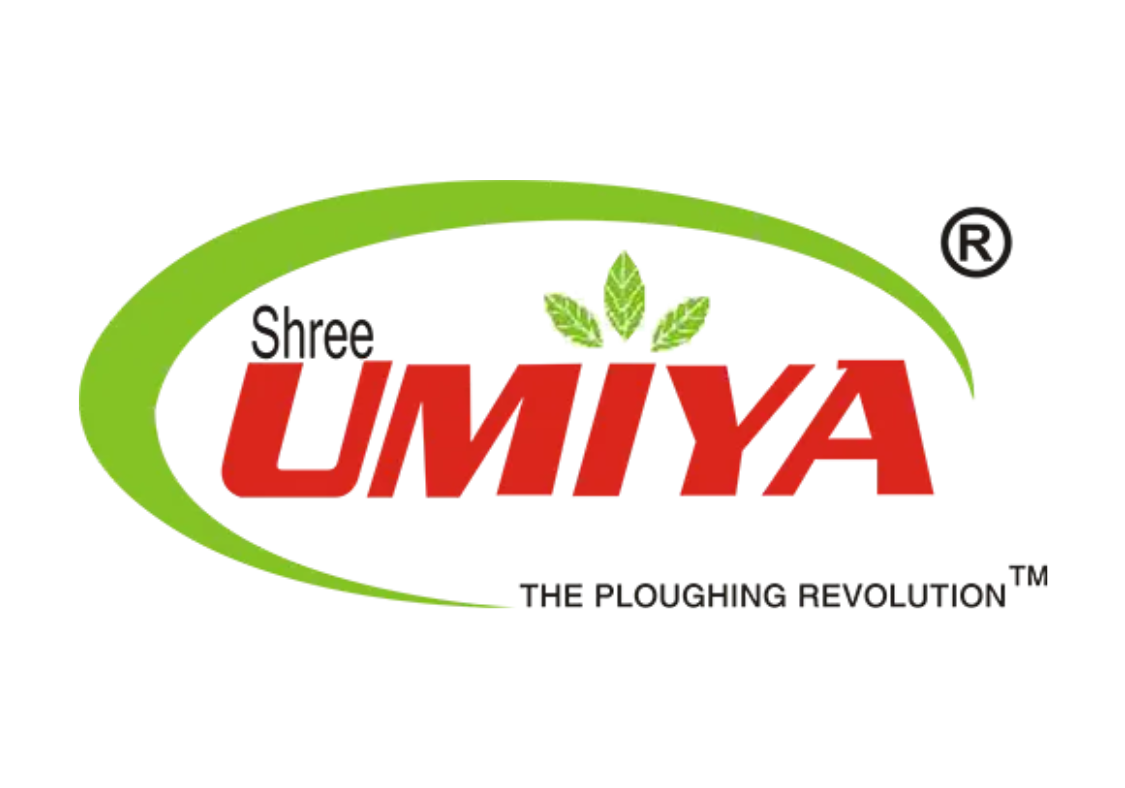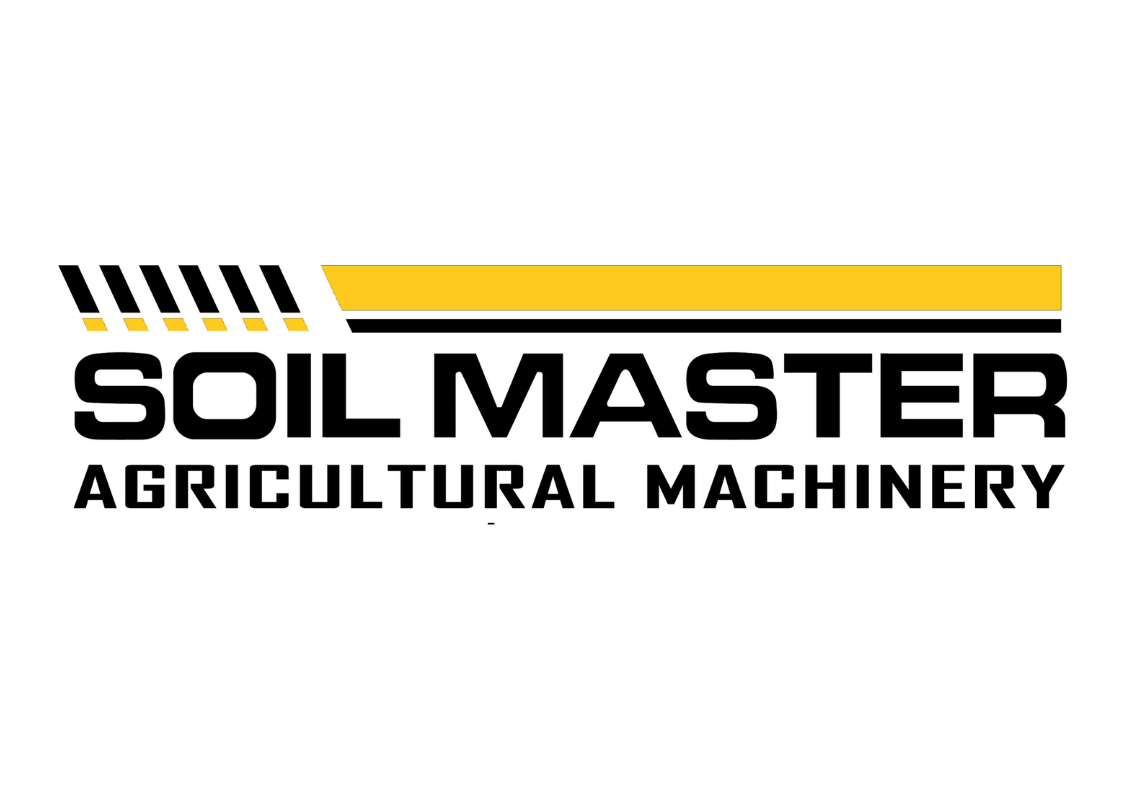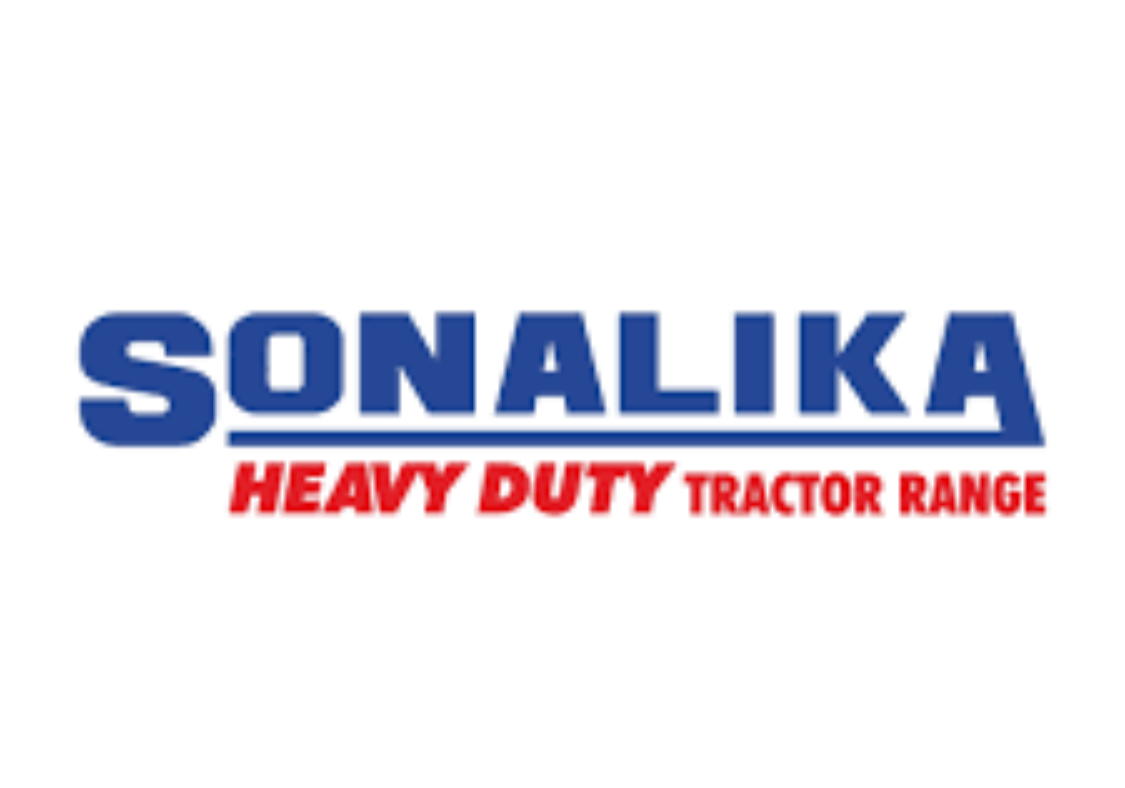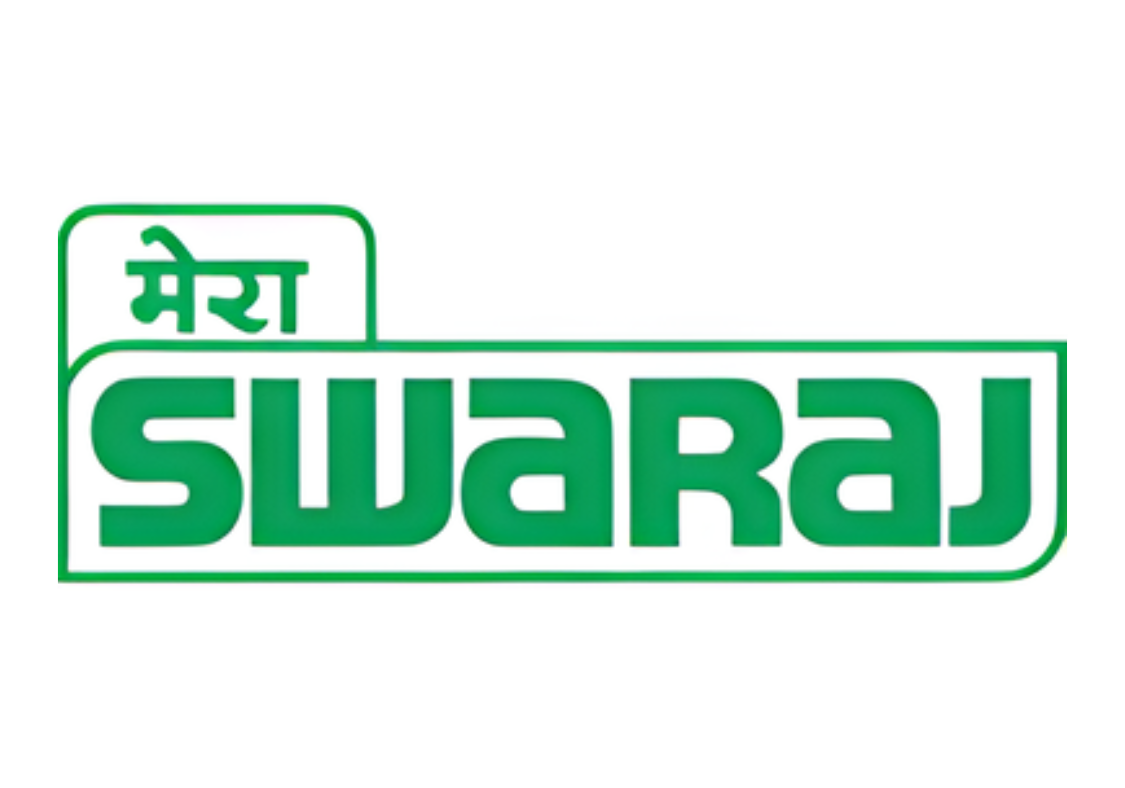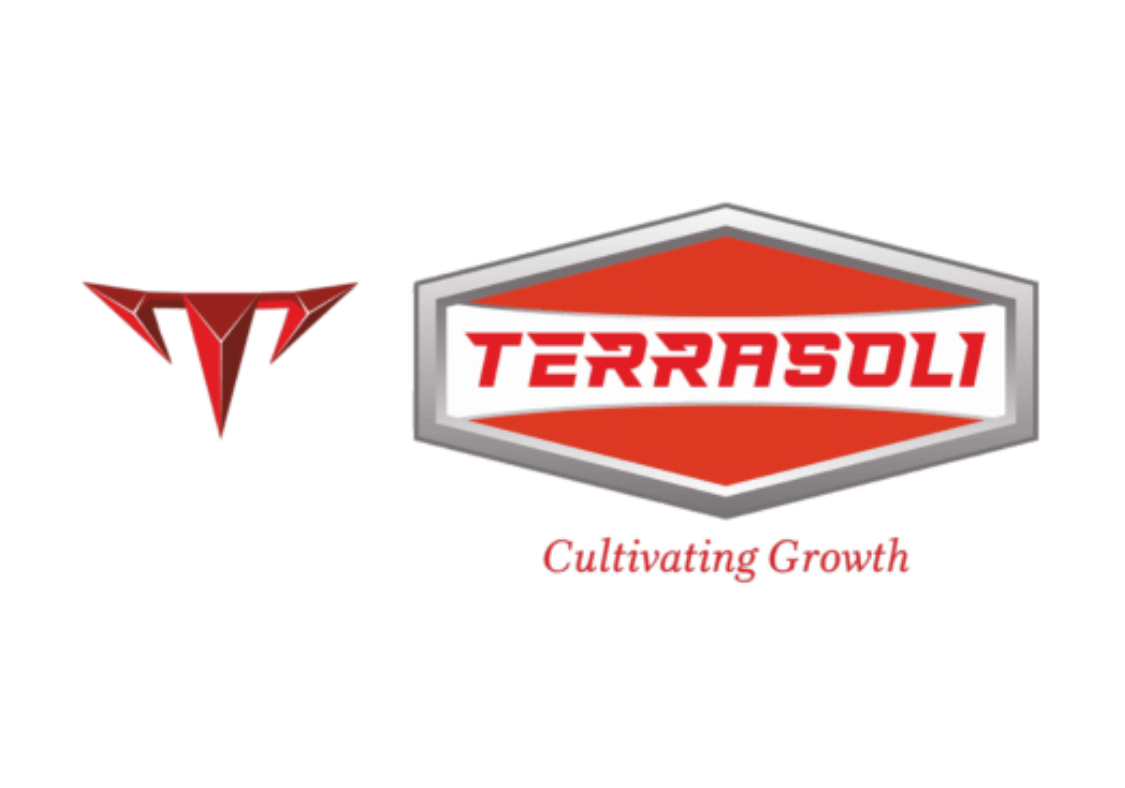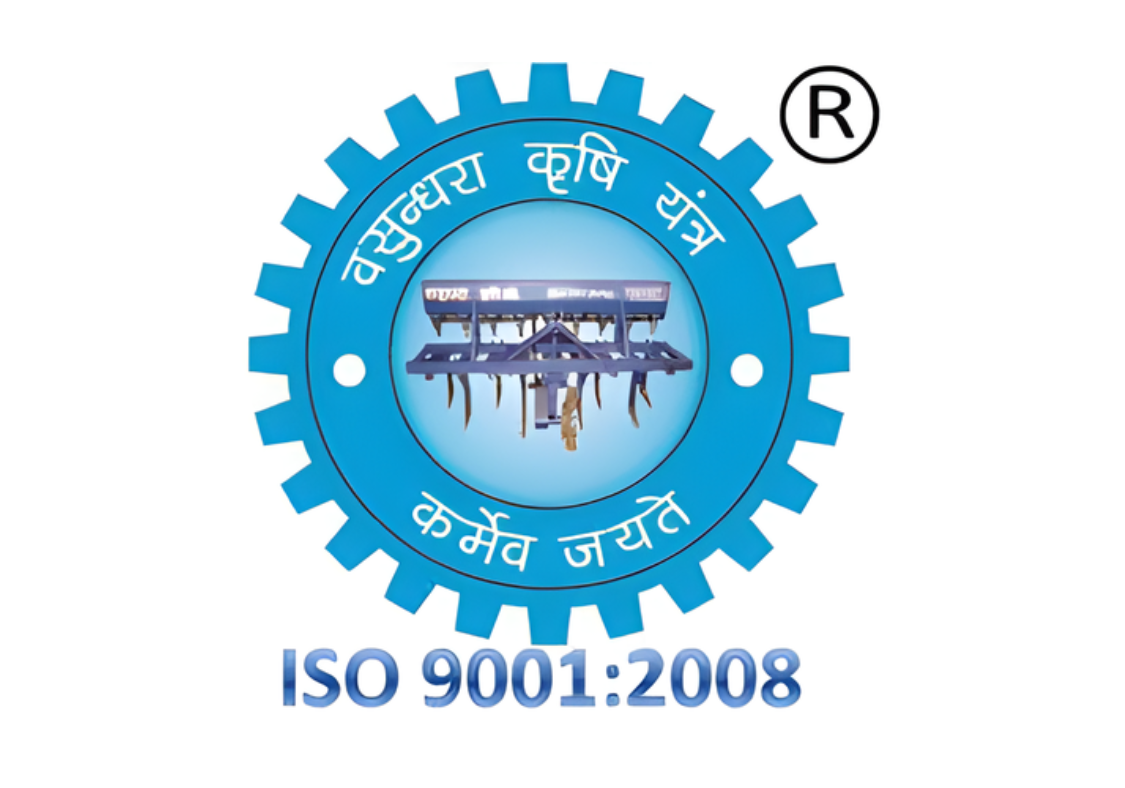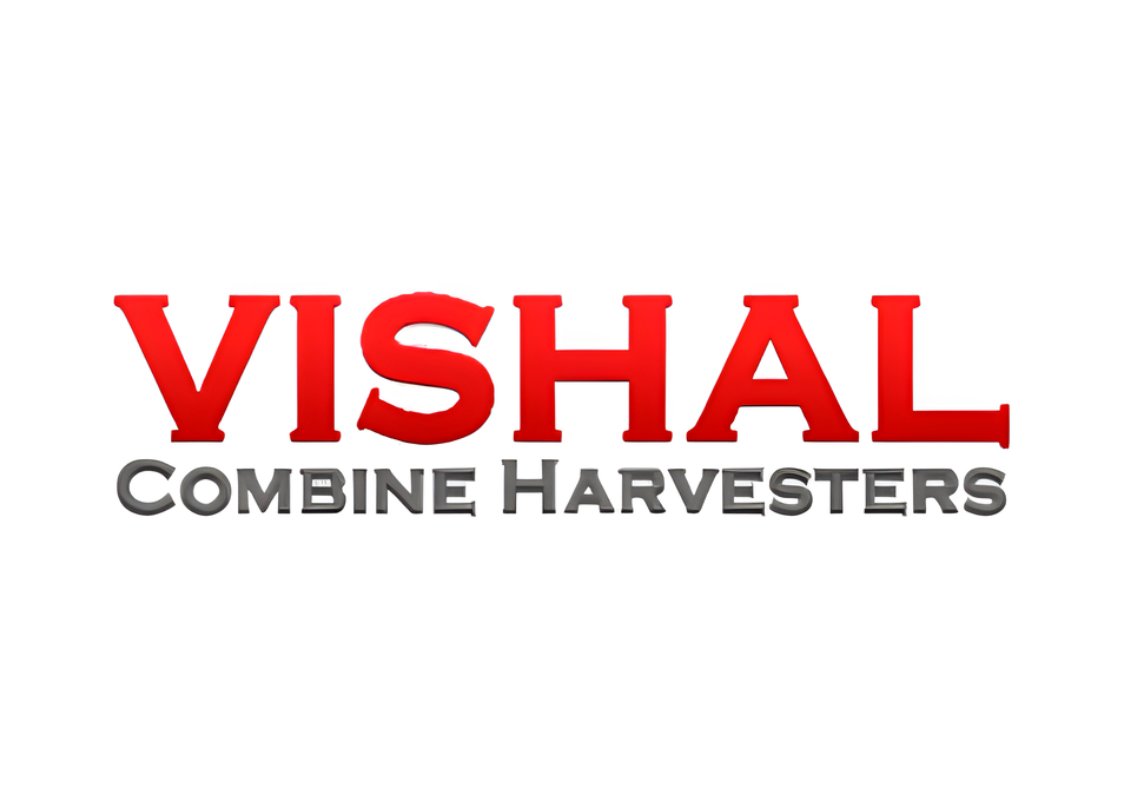A transplanter is a farm machine used to plant seedlings in rows quickly and accurately. It works by picking seedlings from trays and placing them in prepared soil, reducing manual labor. Farmers use it mainly during the planting season to save time and ensure uniform crop growth. Transplanters are compatible with tractors ranging from 20–50 HP depending on the model. They come in various sizes, speed types (single or multi-speed), and number of planting units (blades/parts). Suitable for loamy, clay, and alluvial soils, there are around 15–20 major brands available in India.
Uses, Benefits & Importance of Transplanter
Transplanters simplify planting tasks and improve farm efficiency. They are essential for modern mechanized farming.
Main Uses:
-
Planting seedlings of rice, vegetables, and other crops in uniform rows
-
Suitable for small, medium, and large farm operations
-
Works in prepared soil with minimal manual handling
Key Benefits:
-
Saves time and labor, reducing planting effort drastically
-
Ensures uniform spacing, improving crop growth and yield
-
Maintains soil health by reducing compaction and disturbances
-
Efficient for multiple crop types, including rice and vegetables
Importance:
-
Increases farm productivity and reliability
-
Reduces dependency on manual labor, especially during peak planting season
-
Adaptable to various soil types and farm sizes
-
Helps farmers make the planting process faster, efficient, and cost-effective
What You Should Know About Transplanter
Before buying a transplanter, farmers should understand a few key points to make the right choice. The size of the transplanter must match your tractor’s HP for efficient operation. Blade or plate types should suit the soil type to ensure proper planting. Choose single-speed for simple tasks or multi-speed for varied field conditions. Check for durability, build quality, and maintenance needs. Knowing these factors helps save time, reduces fuel consumption, and improves crop yield. Always consider local after-sales service and spare part availability for smooth long-term use.
Popular Brands of Transplanter in India
Choosing the right brand matters because it ensures reliability, durability, and good after-sales support. Trusted brands also provide better performance, longer lifespan, and access to spare parts.
-
Mahindra
Mahindra transplanters are known for robust build and easy operation. Ideal for medium to large farms, compatible with 25–50 HP tractors. Widely available across India, with strong after-sales service and spare part support.
-
John Deere
John Deere transplanters offer precision planting with durable materials. Best for large farms and high-volume planting. Supports 20–50 HP tractors. Popular for reliability and long-lasting performance, with good dealer networks.
-
Sonalika
Sonalika models focus on cost-effective, efficient planting. Suitable for small to medium farms, compatible with 20–40 HP tractors. Known for low maintenance and strong support in rural areas.
-
Fieldking
Fieldking transplanters provide advanced multi-row planting and adjustable speed options. Ideal for medium farms, works with 25–45 HP tractors. Offers wide availability and prompt service across India.
Top Transplanter Models in India
These models are popular due to efficiency, durability, and farmer-friendly design.
-
Kubota KNP-6W (Ride-On, 25–40 HP)
Features 6-row planting, durable blades, and multi-speed operation. Popular for uniform planting and time-saving efficiency on medium to large farms.
-
Mahindra Planting Master MP-46 (Medium, 30 HP)
Equipped with 4-row planting plates and adjustable speed. Favored by farmers for easy handling, low maintenance, and reliable performance.
-
VST 8-Row Paddy Transplanter (Large, 40–50 HP)
Includes 8-row planting, tractor-mounted design, and heavy-duty plates. Known for high productivity and suitability for large fields.
Types of Transplanter Based on Use
Transplanters vary by operation and farm needs: Tractor-mounted for large fields, PTO-driven for uniform planting with higher efficiency, and mini implements for small farms. They come in single-speed for simple operations or multi-speed for flexible planting. Suitable size and HP depend on the model, and soil types like loamy or clay influence performance. Farmers should also consider terrain and crop type when selecting a model for best results.
Maintenance of Transplanter
Proper maintenance increases lifespan and ensures smooth operation:
-
Blade/Plate Care: Clean after each use and check for wear or damage.
-
Lubrication & Gearbox: Regularly grease moving parts and inspect gearbox oil levels.
-
Storage: Keep in a dry, covered place during off-season.
-
Seasonal Maintenance: Before planting season, check all parts, tighten bolts, and test operation.
-
Troubleshooting: Inspect for jamming, uneven planting, or speed issues, and replace worn parts promptly.
-
Other Tips: Follow manufacturer guidelines and maintain a log of service and repairs for efficiency.
How to Select the Best Transplanter from Tractor For Everyone
Tractor For Everyone is the most trusted and leading online marketplace for farm implements. When selecting a transplanter, consider your farm size and soil type, as small, medium, and large models suit different fields. Match the tractor HP to the implement for smooth operation. Check your budget and choose a model that balances price with quality. Focus on reliable brands, dealer support, and key features like blade type, speed options, size, and durability. Practical tips include verifying local service availability and comparing models online. Buy the best transplanter online with confidence at Tractor For Everyone.


